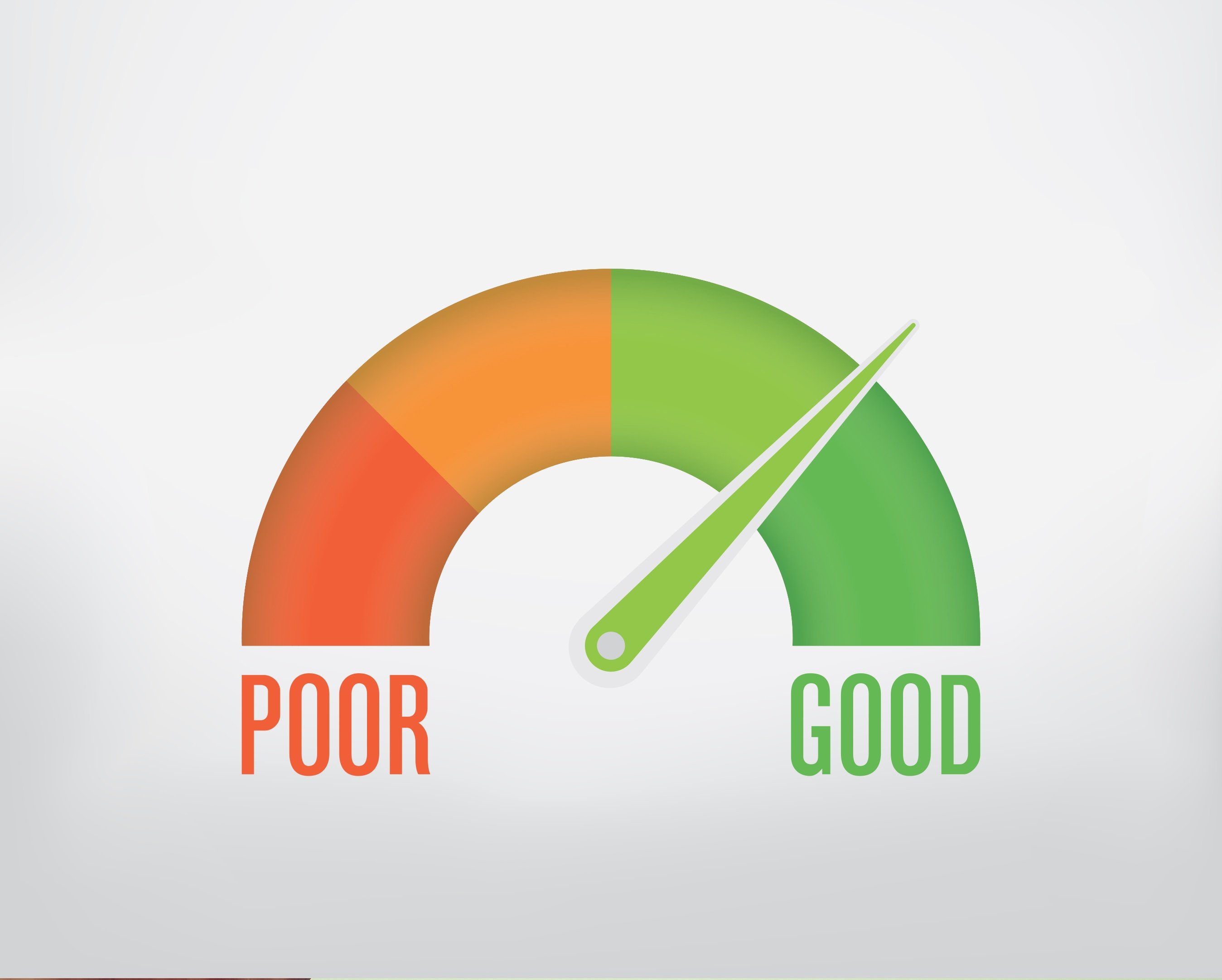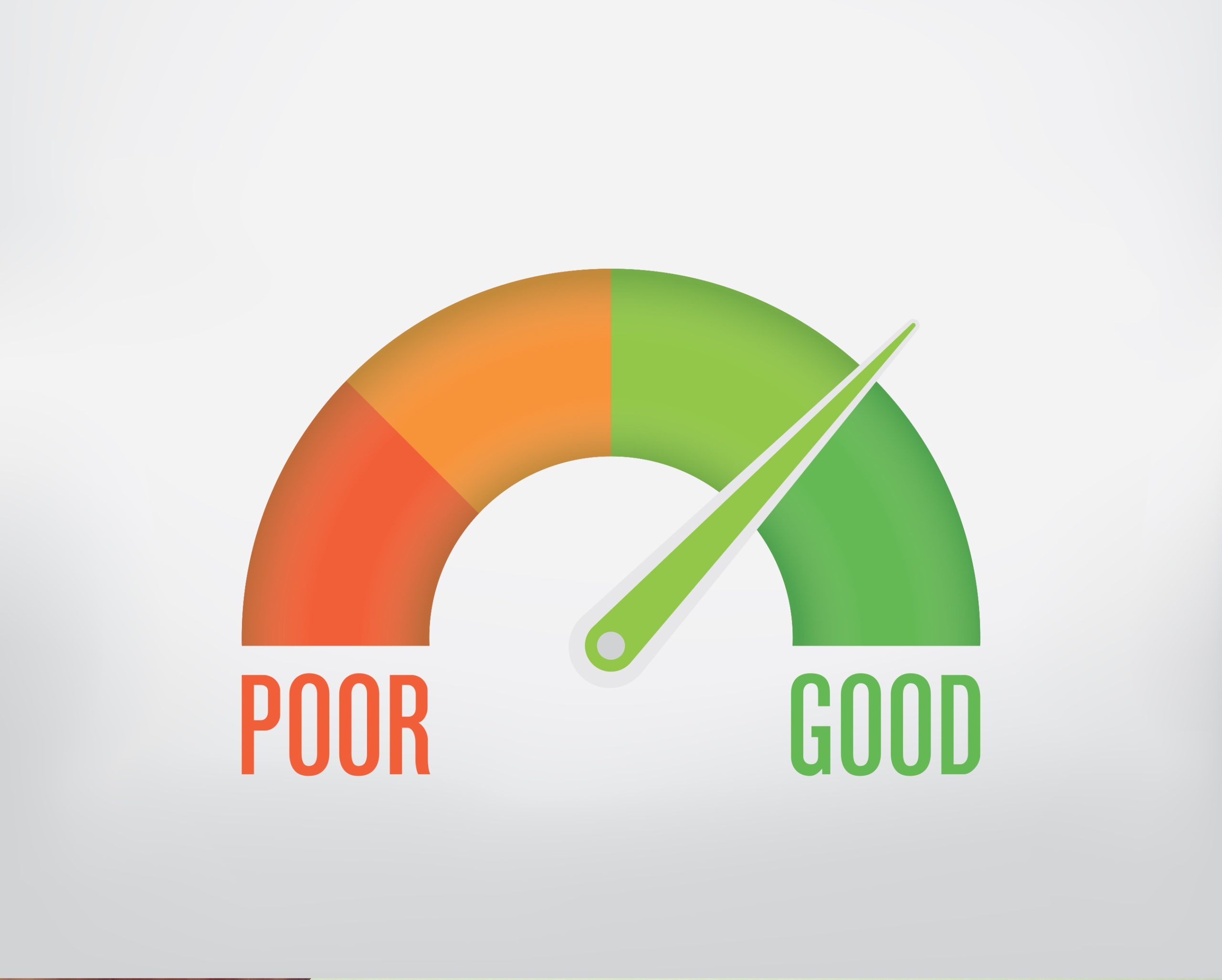 It’s an all-too-common problem that businesses of all sizes face: they have dozens, hundreds, or even thousands of prospects in their pipeline, but they don’t know which ones are worth focusing on – and which ones aren’t.
It’s an all-too-common problem that businesses of all sizes face: they have dozens, hundreds, or even thousands of prospects in their pipeline, but they don’t know which ones are worth focusing on – and which ones aren’t.
And so, sales and marketing professionals end up wasting an enormous amount of time and resources chasing down prospects that have little or no chance of being converted into customers, while those that are much more likely to enter into a transaction are neglected…and drift to the competition.
In the past, there really was no cost-effective or practical way for most businesses — save but those with massive enterprise-level budgets — to solve this problem. Finding top quality prospects was about as scientific as playing a slot machine; and the odds of success were just as long.
Fortunately, now there’s a method that is both affordable and remarkably effective: lead scoring.
About Lead Scoring
Simply put, lead scoring involves attaching values (or scores) to specific prospects (or leads), based on their propensity to convert into customers.
The values are determined by aggregating data from various sources, including prospect behavior (e.g. downloading a white paper, watching a demo, etc.), social media interaction, number of touchpoints/interactions, information captured via forms, and so on.
Setting-up a Lead Scoring System
While there is no “one-size-fits-all” lead scoring system that is right for all businesses – especially since the system should be integrated with their Inbound Marketing platform – generally, there are 3 steps in the process:
1. Determine how to score and rank prospects.
As noted above, lead scoring leverages data from various sources. Some of this data is more valuable or reliable than others, and therefore needs to be weighted accordingly. As can be easily grasped, changing the data sources and weighting will directly change how prospects are scored – either making the scores more accurate or, if the wrong decisions are made, less accurate.
2. Deploy Necessary Data Capturing Tools
It’s common for a business to realize that it simply isn’t capturing enough quality data to take advantage of a lead scoring system. For example, it may not be offering enough assets (e.g. ebooks, white papers, Infographics, etc.), and “gating” them appropriately behind strategically-created contact forms. There may also be opportunities on social media platforms to capture data.
3. Assign Scoring Levels
Knowing that a prospect has a score of “50” and another has a score of “25” is essentially meaningless – because what really matters is what “50” and “25” represent with respect to the sales funnel.
For example, it may be determined that prospects with scores between 50-60 are classified as “engaged” who are mid-way in the funnel, while those with scores of 10-20 are classified as “new” who are at the top of the funnel. Regardless of the levels that are chosen, the idea here is not to end up with simply a number: it’s to have a clear idea of where a prospect is in the funnel, and how the business can usher them forward through the customer experience journey.
The Bottom Line
The “trial and error” approach to determining if a lead is worth pursuing – or worth ignoring – is simply far too costly and risky for businesses; and especially for their sales and marketing professionals, who are often facing aggressive performance targets. Fortunately, a lead scoring system takes the risky guesswork out of the process, and replaces it with clear insight and actionable intelligence.
To learn more about implementing a lead scoring system in your business, contact us today.
{{cta(‘cb73b3af-eb8c-4962-b1fc-0b6d161a903e’)}}





